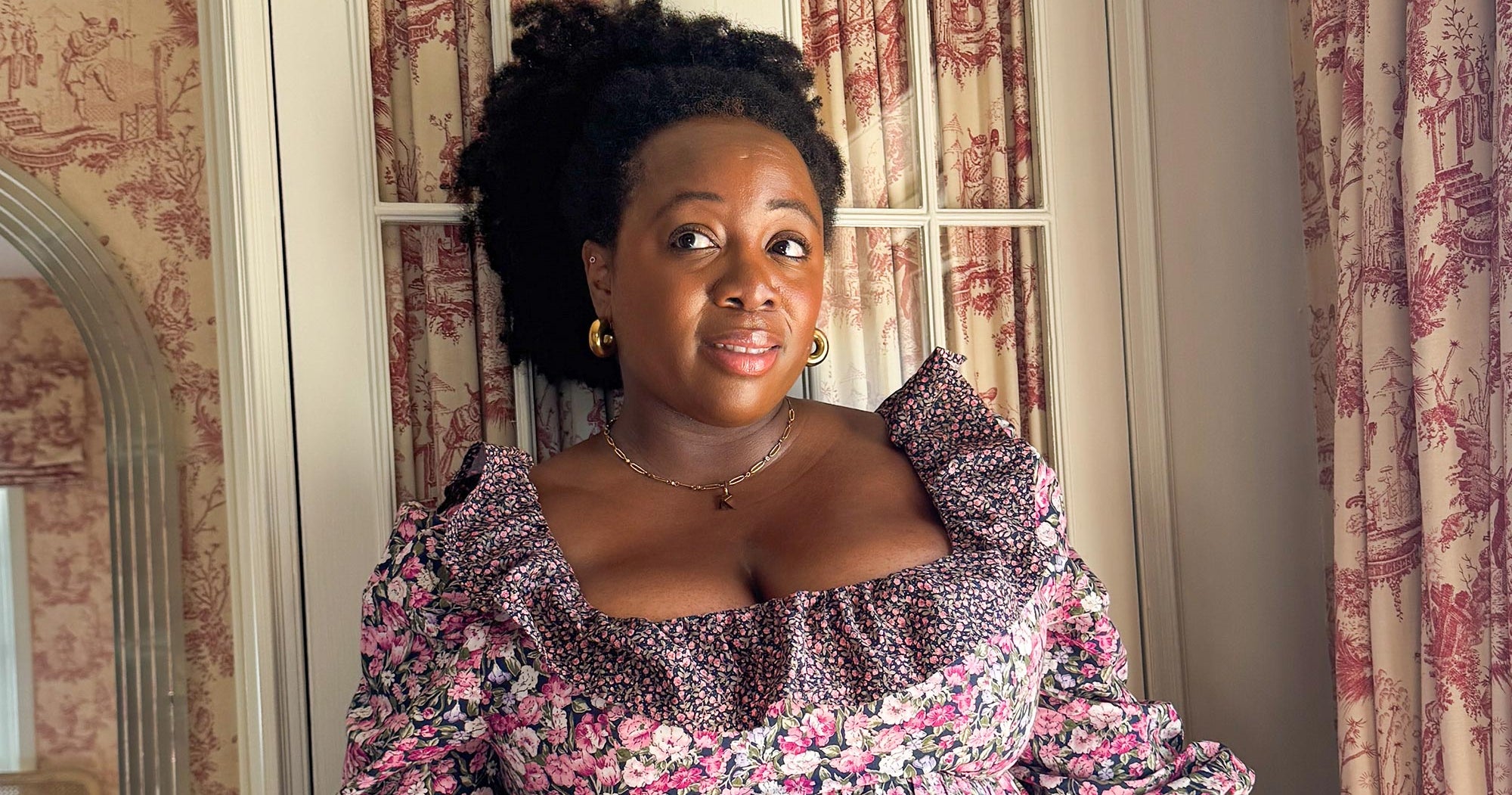Geoff Girvitz gets treatment with acupuncturist Barry Gao for his hips in Toronto on March 10.Christie Vuong/The Globe and Mail
Hips have been on my mind lately. Orthopedically speaking, that is. The number of people I know with artificial hips is growing and I’ve been wondering if I’ll someday find myself on that same list. I’m an active guy in his late 40s with some wear and tear to show for it. I don’t expect to die with my joints in pristine condition – as if that were possible – but I also don’t want the wheels to fall off early. I want to get ahead of things.
So, I go on a quest to find out how healthy my hips are and what I can do to prevent hip replacement surgery in my future. Unfortunately, there isn’t a clear path toward a solution.
I start by asking my friend, emergency room doctor Sunita Swaminathan, about what kind of exploratory hip imaging I might get. She lets me down with superb bedside manner: “The health care system is really just designed for people already dealing with problems, not getting ahead of them.”
I research private options and find out that if you are willing to pay out of pocket, there are clinics that will scratch that imaging itch, typically for $500 to $950, although private pay MRIs are not available in Manitoba, New Brunswick, Newfoundland and Prince Edward Island.
But I learn that pesky incidental findings can result in a wild goose chase. Research suggests that if you take imaging of a bunch of 40-year-olds without pain or dysfunction, two-thirds will show spine degeneration, half will have disk bulges and one-third will have disk herniations. So, if getting documentation of a non-problem will have you lying awake at 3 a.m., the juice may not be worth the squeeze.
Next, I speak to Greg Lehman, a researcher and lecturer on pain science and rehab who describes himself as a “movement optimist.” I ask him what might signal the need for a future hip replacement. His answer is simple: “Your biggest indicator is a previous hip injury – especially a traumatic injury.” For something I hadn’t even been thinking about 10 seconds earlier, this now feels obvious. What else?
“Obesity can be a factor,” Lehman says, but he qualifies that weight is less of a factor than overall health. He hastens to mention that exercise reduces all risk factors – regardless of body weight. The only catch is that we should gradually increase exercise volume and intensity instead of trying to make up for lost time.
When he describes a combination of osteoarthritis and its resulting cartilage-loss as a signal for hip replacement, I ask if that means osteoarthritis can be an early indicator.
Research suggests that if you take imaging of a group of 40-year-olds without pain or dysfunction, two-thirds will show spine degeneration, half will have disk bulges and one-third will have disk herniations.Christie Vuong/The Globe and Mail
“You could have pain and cartilage changes but you’re okay,” he says. He tells me that osteoarthritis doesn’t progress in most people, meaning that early signs don’t always mean much. “Pain and loss of function are the real drivers of getting a joint replacement.”
I ask about a common fear – that exercise increases risk – but Lehman is emphatic: “The idea that physical exercise will cause wear and tear – that the body breaks down with healthy activity – has been debunked over the past 10 years.”
I feel good about Lehman’s perspective. Great, in fact. I lift weights, walk or bike to get around, and am generally active. But I also sit more than is ideal – and I practise Brazilian jiu-jitsu, which often feels like enforced yoga. Coincidentally (or perhaps not), one of my instructors, Patricio (Pepe) Penteado of Reign Martial Arts, underwent double-hip replacement surgery about a year ago. He’s 60 and wiry, and – in spite of any orthopedic challenges – sparring with him feels like slowly being fed into a wood chipper.
When I quiz him on his experience, Penteado tells me he had been feeling hip pain for years, a tension that took longer and longer to shake off. Eventually, the pain kept him awake at night. An X-ray showed arthritis – severe enough to make him a great candidate for hip-replacement surgery, which his doctor recommended doing right away. “That was a bit much to think about at that time, because, I mean, I was still a young puppy then,” he says, smiling. He was 57.
So, he sat on it and instead opted for nerve ablation, which attacks the pain signals by destroying the nerves in a specific area. This worked – at least enough – to maintain his lifestyle. However, after much reflection, two years later he decided to undergo a double-hip replacement. That procedure restored mobility and has allowed him to continue training – with some caveats. He’s had to learn how to adjust his intensity and overcome any innate competitiveness that might get him into trouble. That means not exceeding the limits of safe practice.
As I pore through the research, I learn that hips are not universal; they are not punched out on an assembly line. Yours, for example, might be shallow or deep. Your thigh-bone, a.k.a. your femur, may twist slightly to the outside or inside. The distinctive duck walk, with feet out-turned, for example, often comes from that outside twist, called retroversion. And then there’s the shape and size of your femoral head (the ball in this ball and socket joint) and the femoral neck below it. This too can vary in thickness and its potential to rub up against its neighbours.
There is evidence acupuncture can be helpful in treating pain.Christie Vuong/The Globe and Mail
I’ve got deep hips. This is what spine mechanics expert and McMaster professor emeritus, Stuart McGill, describes as “Celtic hip.” It means more structure but less room to move at the joint. Does that structure limit me? I ask Ricky Singh, former team chiropractor for Athletics Canada, and co-founder of Toronto’s Heal Space. To answer, he takes me through his standard assessment. As I lay face-up on his table, he gently brings my knee to my chest before letting it drift out to the side of my body.
He shows me where I have more range, less range and where I’m unconsciously pushing back or “guarding.” He moves my leg into external rotation – the position you’d find sitting with your legs crossed. There’s plenty of range there. Not so much in the other direction – knee and hip bent to 90 degrees, foot to the outside of my body. Hockey goalie was never on the list, anyway. But is that lack of internal rotation a problem? Singh says it could be a symptom of one, but would have to be monitored over time.
What about pain in certain positions? “When I’m able to reduce that discomfort,” says Singh, “I’m like, ‘Great, we can train this now!’ But when it doesn’t go down and it is still painful or pinchy, then I’m a little bit more concerned and I’ll do one more treatment.” Treatments include acupuncture, movement and manual therapy.
“At the follow-up, if it‘s exactly the same or potentially worse, these are all flags for me,” he says. From there, Singh refers out to his business partner, a sports medicine physician, who can request an MR arthrogram, a specialized type of MRI that‘s more sensitive to joint problems such as labral tears and ligament injuries.
More conventionally, patients need a referral from their family doctor – whether to a sports doc or to go directly to imaging. Either way, Singh says that a team approach will always outperform a siloed one.
“It still doesn’t mean that it‘s gonna be surgical,” he says, “but we’re starting to have that conversation.”
I ask what a bad treatment experience would be like. Singh cautions against overreliance on laser, infrared and Shockwave therapies, which are widely available at physiotherapy clinics and come at a cost. These treatments can be useful but need to be combined with a prescribed program of movement and loading necessary to make changes stick, he says.
I decide to try something different and see Barry Gao, who primarily performs acupuncture. The technique has shown promising evidence in treating pain, but this experiment is about improving my mobility.
Gao has me turn onto my side before inserting needles into my glutes. When he directs electrical current through the surgical steel of the needles, it feels like a ghostly force is jamming my knee into the table – but it‘s just my muscles contracting hard with each electrical pulse. Once we’re done, I roll off the table and exit with a cautious optimism, testing out the springiness in my hips as I walk home. They feel largely the same, although I am relaxed after taking time to care for my body.
I don’t know whether I have more or less fear about the future of my hips. I know the only real option is to keep moving and challenging my muscles, lungs and range of motion. I think back to something Greg Lehman said: “View load as a force for good.”
His prescription for “movement optimism” is liberating. Lehman says: “The most consistent thing you can do is be physically healthy. People stop moving and doing the things they love because they have pain. That‘s the problem.”












![15th May: Sort Of (2023), 3 Seasons [TV-MA] (6.65/10)](https://occ-0-8176-1007.1.nflxso.net/dnm/api/v6/Qs00mKCpRvrkl3HZAN5KwEL1kpE/AAAABY4nuiAC1XtBDdhcG-IbKYaKEj6_DJfnmv02_ELjqvANbcGm3EDtYm3FeBxJxxh8ePUADZOQp7EnU7ZHZRzrz430JcVcC0dcG2YYCwfMEoAF_pLUOIPctqoE-QIVPIm6IHSrweys-9QxhwcS1jWCoJYZJlrlXwEjHW5HfVI6d8-vhg.jpg?r=237)


